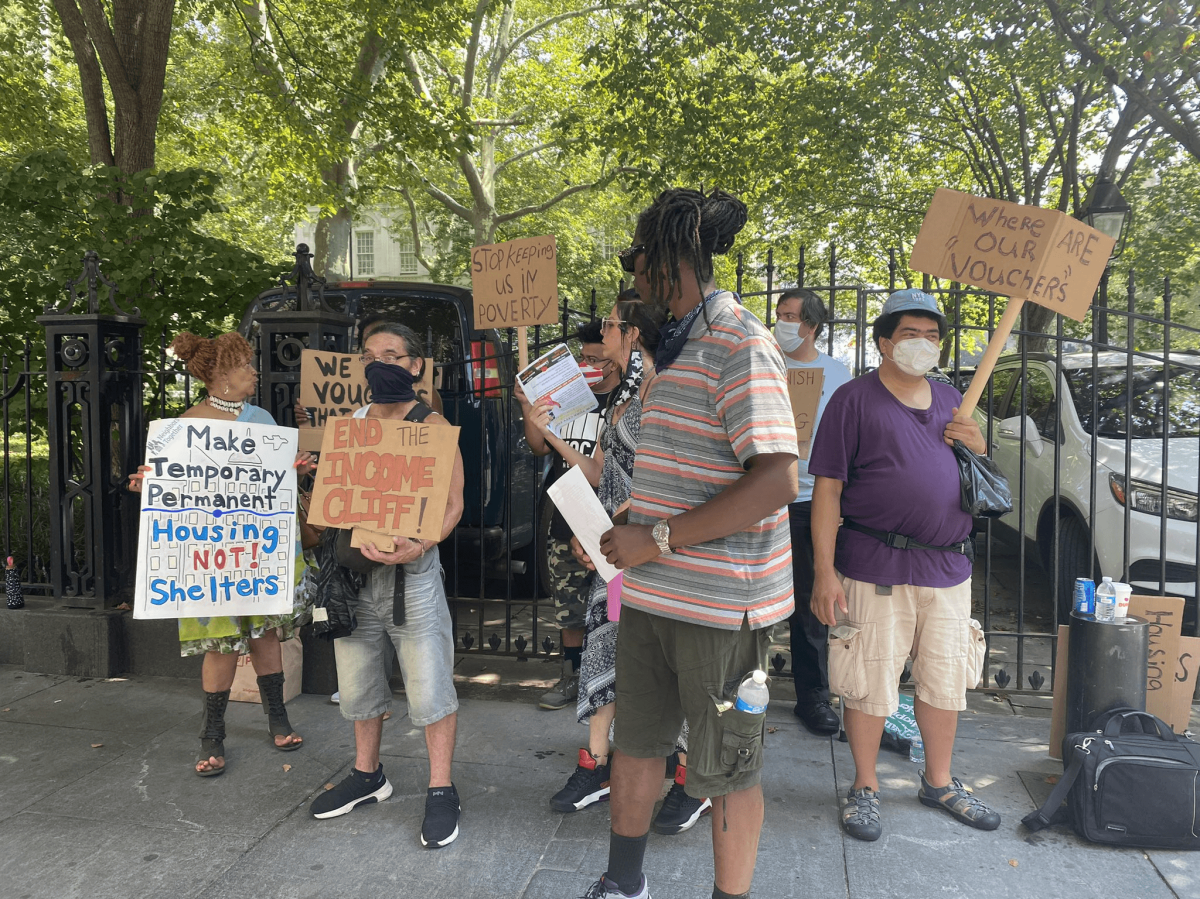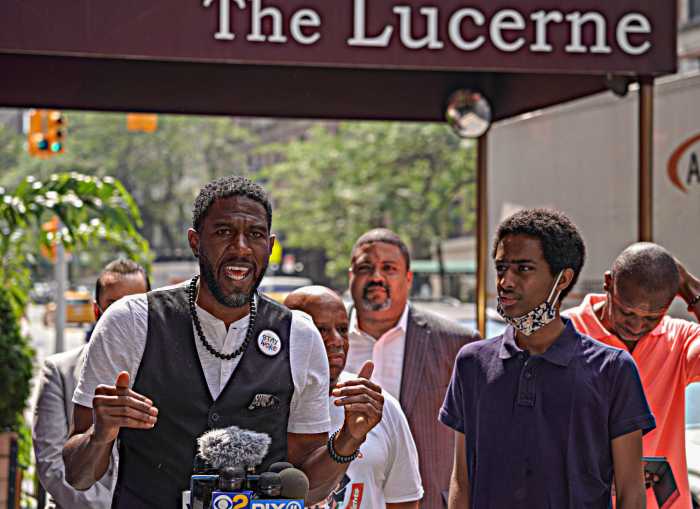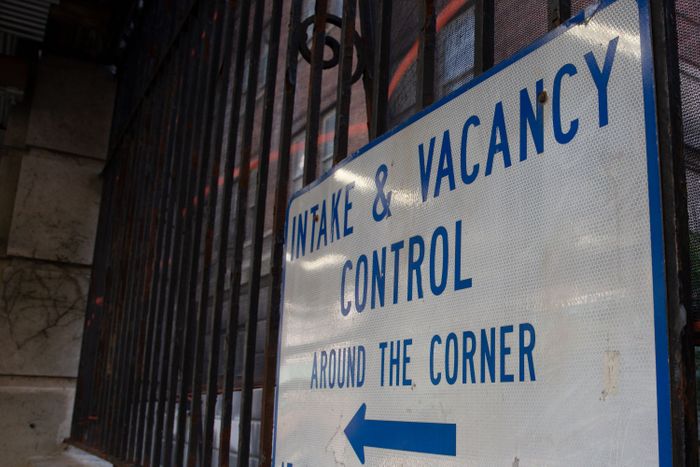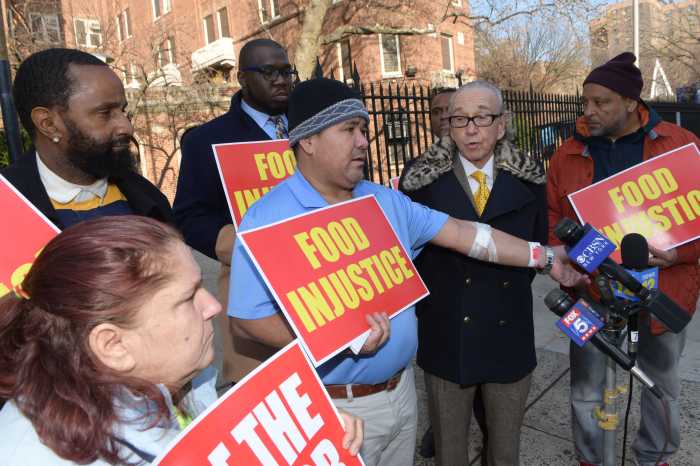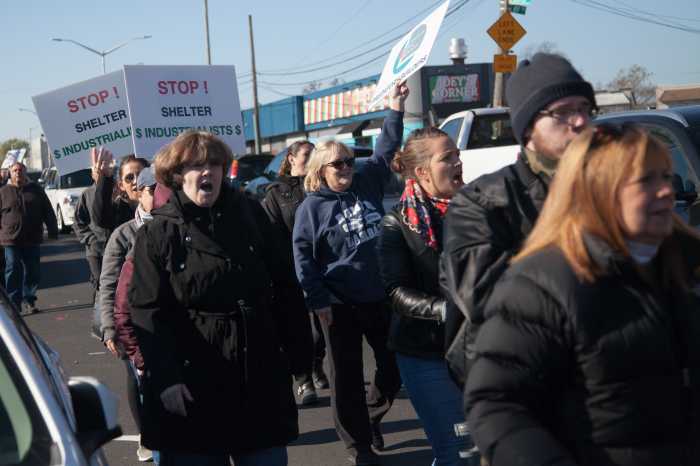New York City is just days away from a new law, Int. 146, going into effect to raise the value of CityFHEPS rental assistance vouchers to help address the city’s housing crisis, which is especially important for New York’s families and children facing eviction. Yet, a fatal flaw exists in the bill after the income ceiling for eligible New Yorkers was lowered in the final hours of FY22 budget negotiations.
As a result, thousands of New Yorkers like me who need the subsidy to avoid eviction will be left with the impossible choice of giving up our income or our home. For many of the children who experience homelessness, they will never fully recover from the life-altering trauma incurred from losing their home.
My family has endured the trauma of homelessness firsthand, and now, the threat of losing my home has become real once again because I am ineligible for the new CityFHEPS voucher under the new legislation. A stipend I receive for my advocacy work for the Family Homelessness Coalition — where I stand up for families like my own in the fight to end family homelessness in New York City — along with my disability benefits amount to an income that is too high to qualify for the new CityFHEPS voucher, even though I’m just barely able to get by as is. I was told I will be forced to resign from the fellowship or return to the shelter system because of the stipend. The thought of packing up my apartment and going back to a shelter after finally finding a stable place to call home is unbearable.
New York City needs to help people like me achieve long-term stability by removing the income eligibility cutoff in Int. 146 that prevents the voucher’s renewal if income rises above 250 percent of the federal poverty level, or a mere $32,200 a year. CityFHEPS is supposed to help people stay in their homes, not force people to return to the shelter and reapply for a subsidy. How is a parent supposed to explain to their child that they have to pack up their room because their caregiver doesn’t make enough money to pay their rent, but too much money to receive the support they need to stay in their home?
Even prior to the pandemic, New York City already had a family homelessness crisis, with over 43,000 people living in family homeless shelters, including close to 25,000 children and teens. Now, due to job loss and economic devastation — predominantly in communities of color hit hardest by the pandemic — thousands more vulnerable women and children are at risk of entering a shelter. We’re calling on the City to work with us to tackle the benefits cliff families face when their income rises too high for benefits but not high enough to cover housing costs.
Eliminating the income threshold for CityFHEPS renewals is a smart investment for taxpayers, too. A two-bedroom voucher at the increased rate costs the City up to $21,200 a year. Meanwhile, housing that family in a shelter during that same time period costs about $74,000 a year.
Speaking as someone who is a born and raised New Yorker, I do not want to return to the shelter and contribute to the rising tide of homelessness. I want to remain stably housed, as every single person or family desires after escaping shelter. I should not be collateral damage. As a formerly homeless person, the idea of going back into that system of dehumanizing conditions is atrocious. We must ensure New York City’s rental assistance programs fulfill their intended purpose and help families stay on the road to recovery and long-term well-being.
Rhonda Jackson is an advocacy fellow with the Family Homelessness Coalition



